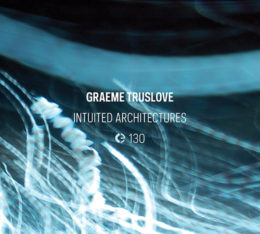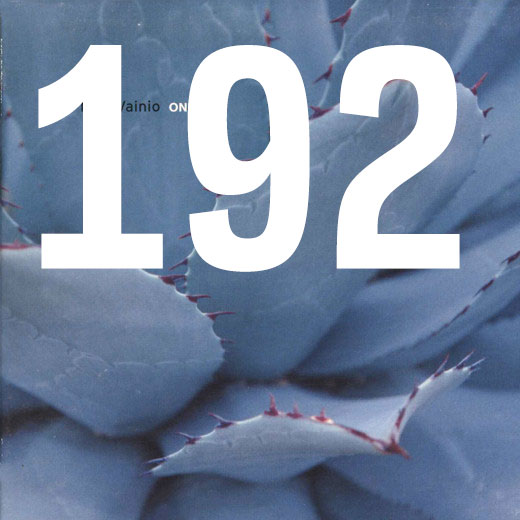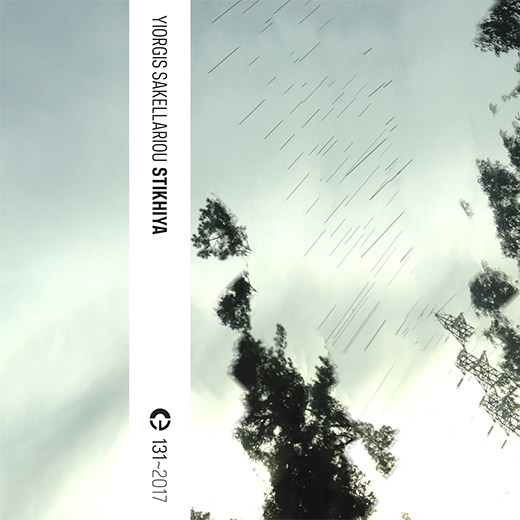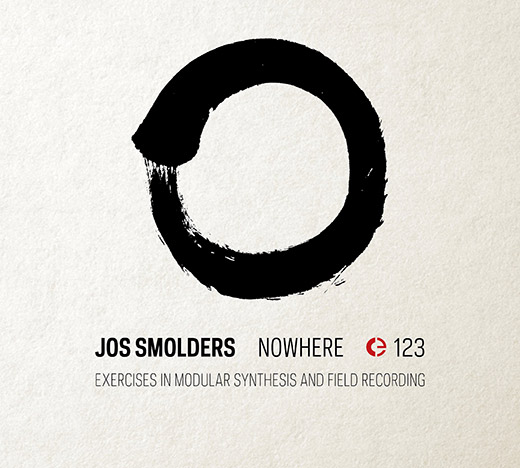
Graeme Truslove’s sonic mosaics use glitchy, electronic sounds to create gently disquieting ethereal soundscapes full of synthetic bubbles, clicks and pitter-patters. Exploring automation techniques, Truslove generates music that seems to be disassembling and reassembling itself.
The opening “Suite IIâ€, in three parts, is generally quite frantic. Tones and layers shift impatiently, never settling into one arrangement for more than a few seconds. It’s a sometimes unpleasant bath to wallow in, often abrasive, yet at other times pretty.
“Elements†is somewhat simpler and darker, with some John Carpenter-esque elements as low impossibly-sustained piano notes underlie ghostly noises.
“Concrètisations X†is mellower in tone and puts the emphasis back in the micro-cut noises, complex, mechanical and challenging the distinction where one person’s ‘deconstructed’ is another person’s ‘broken’. At the beginning and end there are crunching, biting notes, but the second half certainly returns to the underwater feeling, with waves of slow breathing and muddy, deep rumbles.
Longest piece “Strata†is more audibly dominated by strained and rapid sounds sourced from a guitar- objects being dragged up the strings, guitar bodies being tapped and pulled and so on. The energy of this appears to run out after five minutes so we move to an environment of light industrial drone, one that makes you realise the importance of the space inbetween which is sometimes a little bit overlooked in these arrangements. The manner in which the guitar, and other new elements slowly reintroduce themselves is the most beautifully controlled section of the album, before another drop after fifteen minutes with guitar tones bringing us full circle to a close.
The self-devised digital instruments and processing give “Intuited Architectures†a character that’s unique, yet not a country mile from the well-trodden paths of sonic experimentation of this kind. It’s a little too manic too often for my tastes but it does exude quality and care. Stuart Bruce
via Chain DLK







